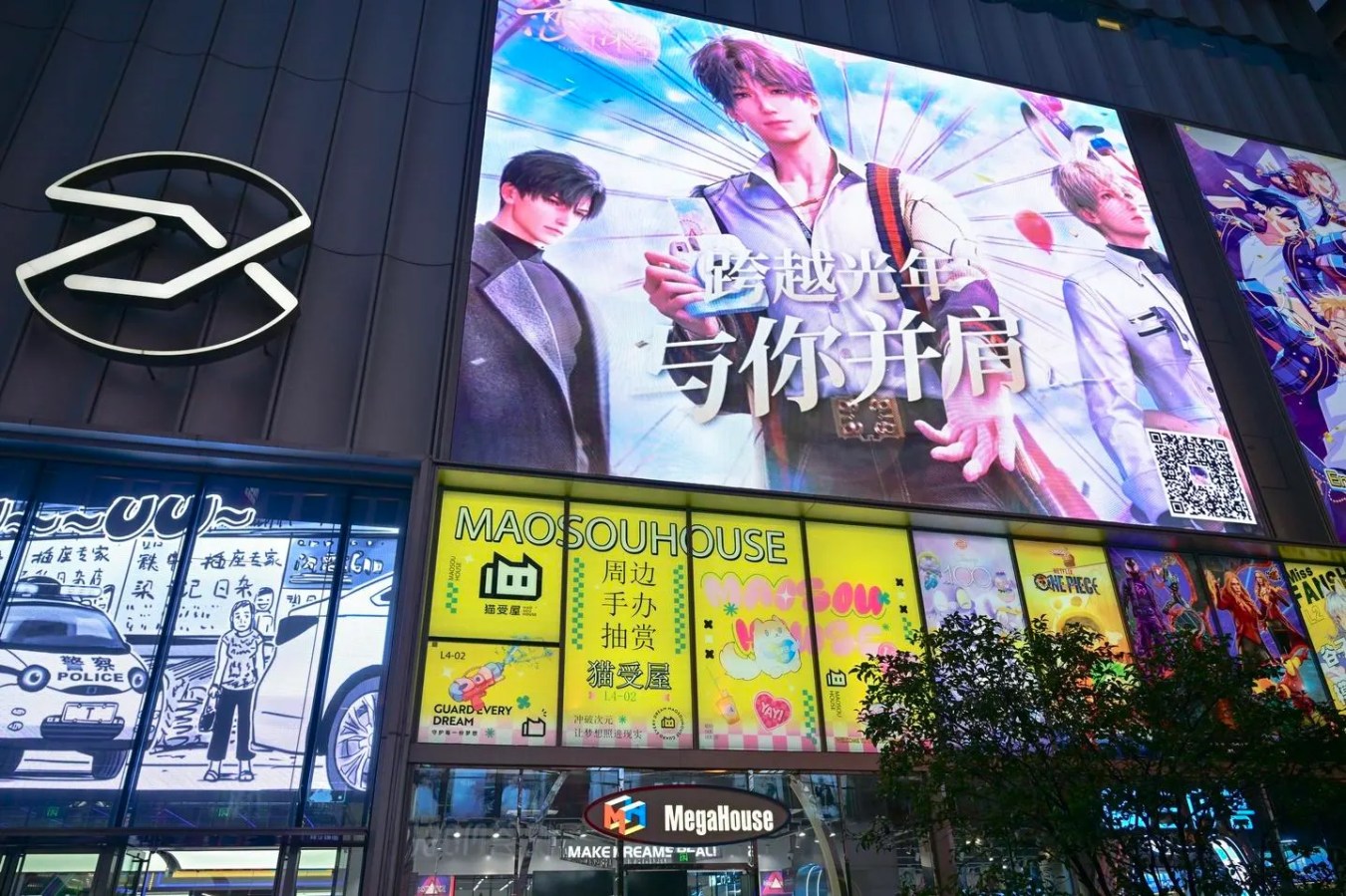An Australian generative AI content production platform, Leonardo.Ai, has already amassed 7 million global users – who are creating 4.5 million images each day on its platform. Now, it’s raised $47 million to keep users creating.

Leonardo.Ai is a rapidly growing player in he genAI content production industry – and its latest US$31 million (AU$47 million) funding round (which is a combination of its seed and Series A), led by Blackbird, Side Stage Ventures, Smash Capital, TIRTA Ventures, Gaorong Capital and Samsung Next, will continue the platform’s mission to “democratise creativity”.
The platform launched in 2022, after CEO and co-founder, JJ Fiasson, began exploring the potential of generative AI for creativity. Fiasson, a serial tech entrepreneur, had co-founded Web3 gaming studio Raini Studios, and was running production when the buzz about generative AI erupted.
“I sort of built a persona interest, but also began exploring it out of the needs of the business – you know, what might be possible with generative AI in that context, and how we could potentially leverage it for professional content creation,” he tells Forbes Australia.
Fiasson met passionate AI researchers Jachin Bhasme and Chris Gillis, who would eventually go on to co-found Leonardo.AI and launch it in 2022. But that’s right at the time that ChatGPT launched, too – and isn’t that bigger and better?
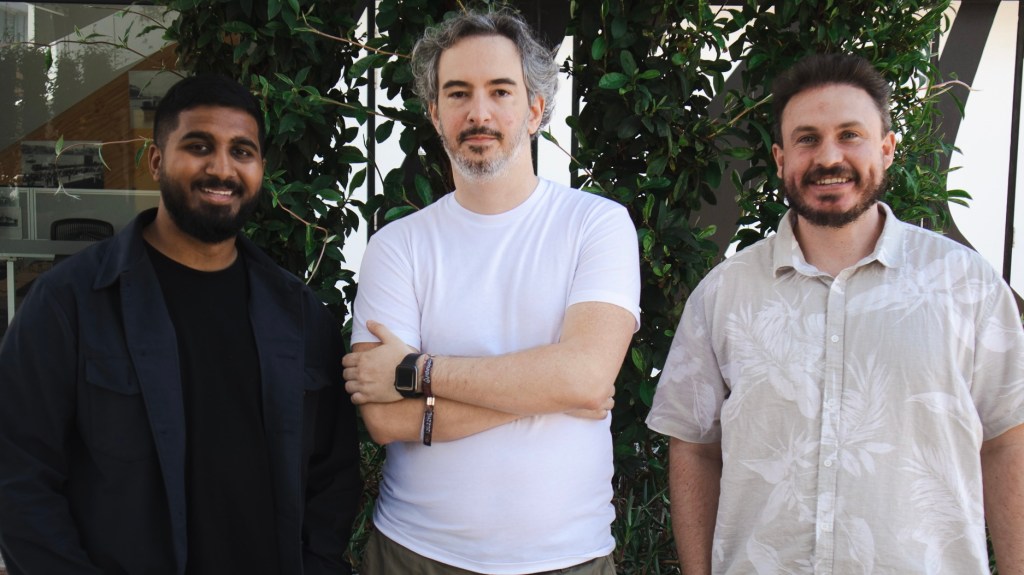
“I think the major incumbents, their products are very mass market,” Fiasson says. “They lack control and customisability. If you look at Dall-E [the incumbent generative AI image producer], they’re text-prompt mediated. There aren’t a lot of levers of control you have, or a focus on utility.”
Leonardo.Ai does leverage some open source models, but builds on the capabilities with its research team and engineers. “We don’t just use like, vanilla out-the-box open source. It’s part of our tech stack and part of powers the platform, but we do a lot more to make it more powerful in controllability and fidelity.”
And it has another advantage – rather than just generating one-off images, the platform allows used to build entire ecosystems of hyper-realistic art, save, edit and build multiple assets in the same style and feature set. So, the concepts can be used again and again – perfect for creators in game design or video production. It’s built with workflow and productivity in mind, and while it was initially targeted at gaming studios, it’s found usability across most verticals.
”For creators in video production for example, Leonardo.Ai can help storyboard a scene or an entire short film; if you’re a game designer, you can mock up gaming characters in seconds; brands use it to brief ad agencies,” Fiasson says.
“Its uses are endless, and ultimately we’re reducing the friction between ideation and creation – something we feel is really powerful. By simplifying exploring new ideas, this helps spark creativity and leads to more captivating creative output.”
Since launch, Leonardo.Ai has generated more than 700 million images in total, and it’s working with creators across industries like entertainment, fashion design, advertising, architecture, and claims it’s currently being used by some of the leading AAA gaming studios, as well as Razer Axon.
“Leonardo.Ai has enjoyed an unprecedented beginning to its life, from a few thousand users when we first met the team ten months ago to over six million now,” Partner at Blackbird, Niki Scevak, says.
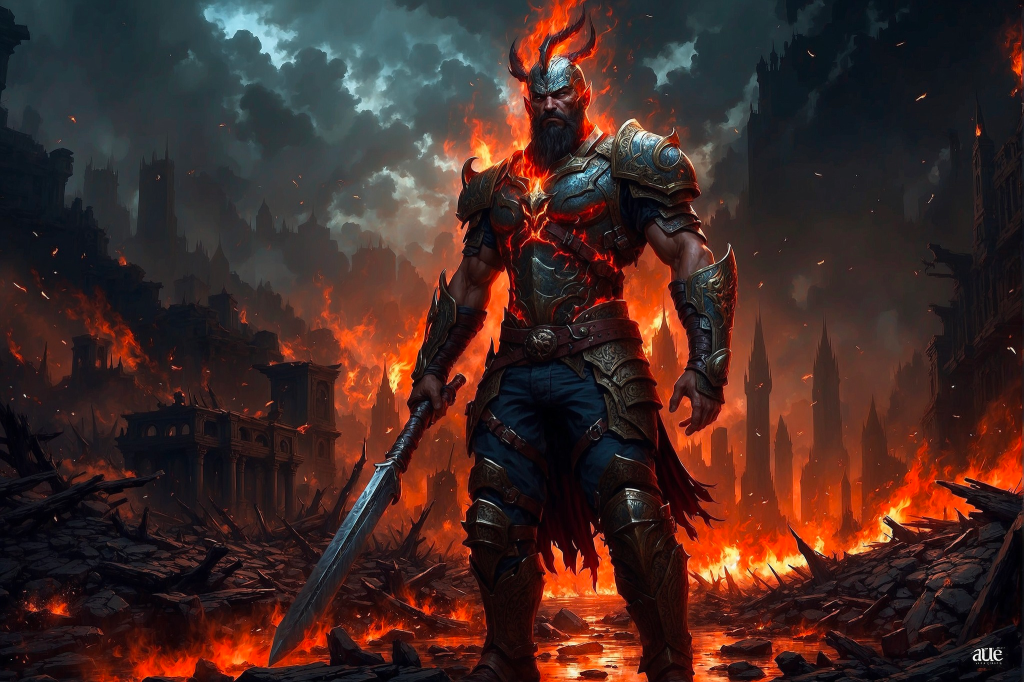
“The most impressive gene of JJ and the team is the speed in which they have expanded the product. Compounded over a decade, and Leonardo.Ai will have the ability to transform how industries go about their working lives. They’re true wild hearts with huge ambitions, and we’re proud to be able to back them.”
The platform recently launched a new genAI creation tool, Realtime Canvas, which allows for user input on a painting canvas as it generates images in real-time. It’s also set to launch its primary enterprise offering, which includes collaborative tools for teams and private cloud infrastructure. In a demo with Forbes Australia, Fiasson turns a red blob on top of a blue scribble into a hyper-realistic image of an apple on a lake. Or take this example:
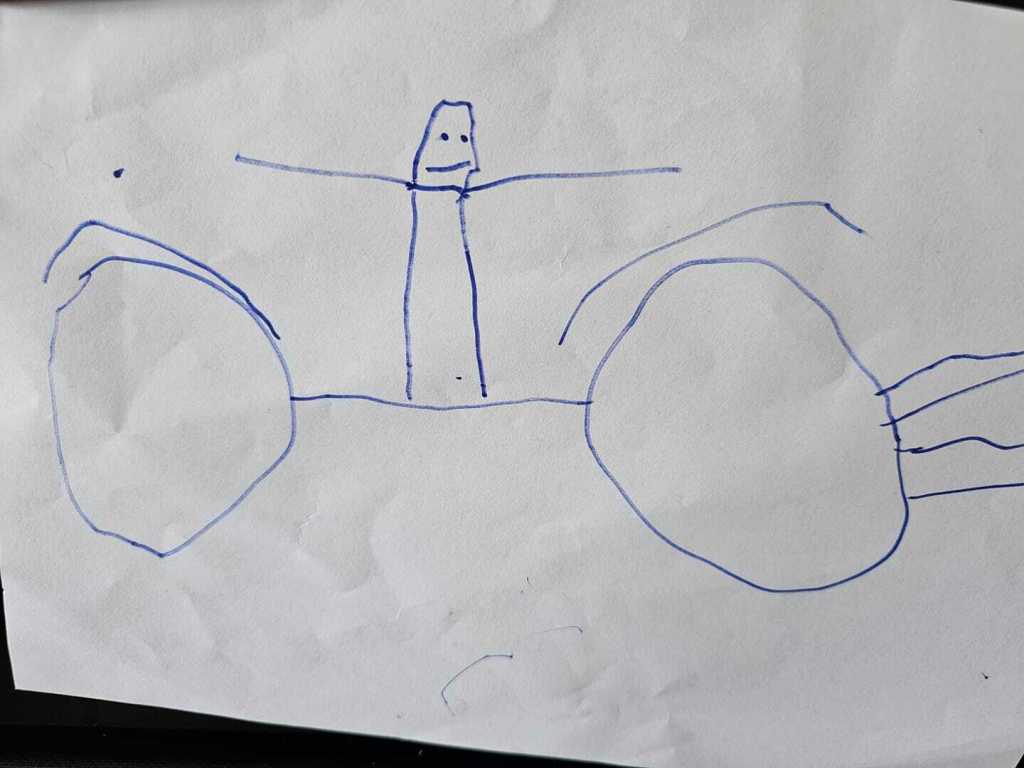
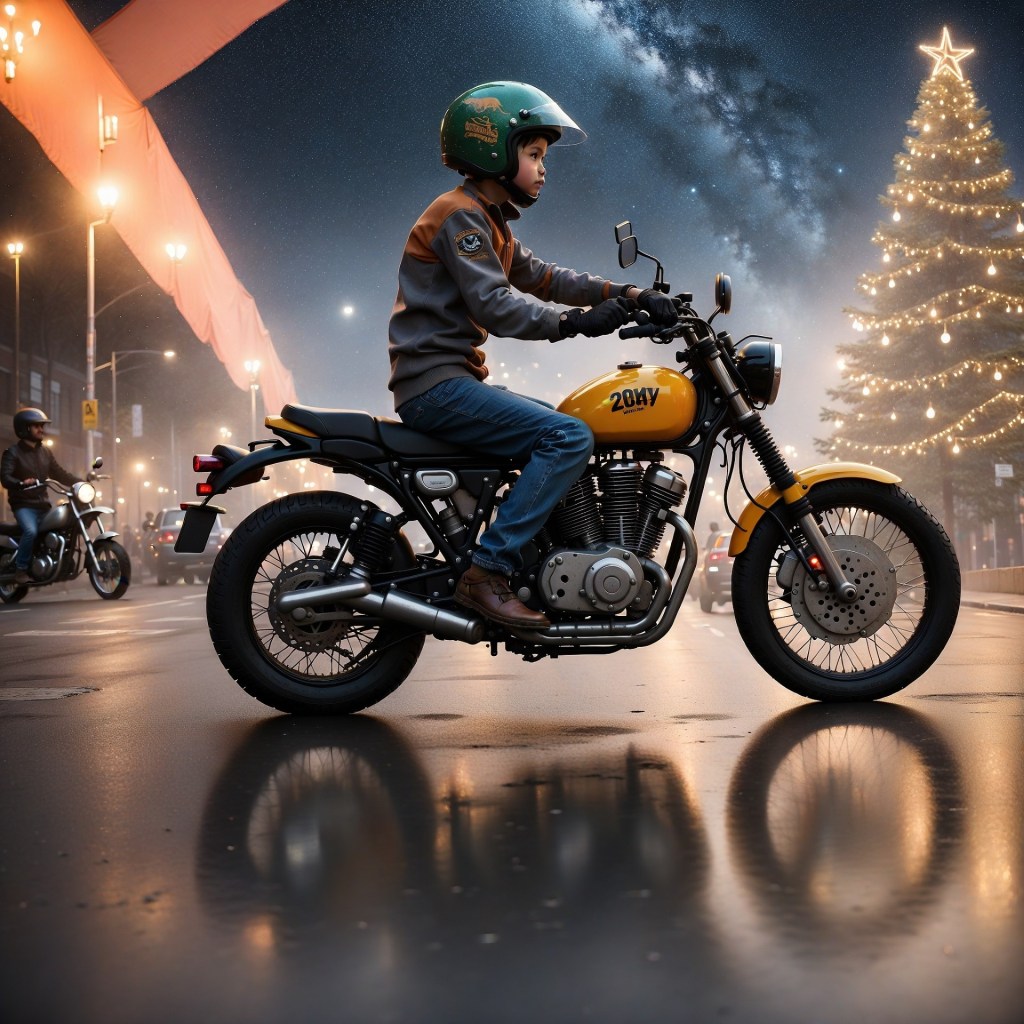
Its near-2-million-strong Discord channel (the third-most popular channel) was a core part of the business’ growth strategy – more community members led to more platform users. It also has investors excited: “In just a short time, they have built an exceptional product and an enormous community of engaged users who are streamlining their workflows and discovering new use cases for it every day,” Ben Grabiner, co-founder of Side Stage Ventures says. “We’re excited to be part of Leonardo.Ai’s journey and we can’t wait to see the creativity that it unleashes.”
Looking ahead, Fiasson says the company is focused on expanding its team and building out its B2B and enterprise strategy, which looks like team plans as opposed to individual user plans. So, should Adobe Creative Cloud be shaking in its boots?
Fiasson doesn’t want to comment on individual competitors, but says this: “I think what’s really interesting about this genAI revolution is that the pool of users who are looking to explore creativity, whether for personal or professional use, is expanding very rapidly because the barrier to entry is getting lower. You don’t have to have gone to design school or art school to be able to create something that’s cool or useful. So, there’s huge opportunity for users in this space.”
GenAI: A big industry, with big implications
According to Statista, the genAI market size is estimated at US$45 billion in 2023, and is predicted to grow to a US$207 billion industry by 2030, growing at CAGR of 24.4%. Forbes Australia recently covered another Aussie genAI player, Artisse AI, which launched in September this year with a view to tackle the photography, modelling and advertising industry. But major incumbents like ChatGPT can also generate AI images thanks to a new Dall-E-3 integration (Dall-E-3’s predecessor Dall-E-2 was the first AI-powered image generator that went viral).
But there some industry experts are cautious of the ethical implications of AI-generated images, like the rise of deep-fakes. Even OpenAI CEO Sam Altman argues for additional regulation, likening AI “photoshop on steroids”.
Fiasson says he welcomes industry regulations around safety in genAI, particularly suggestions like AI watermarking, which can help identify when images are created using tools like Leonardo.Ai.
Look back on the week that was with hand-picked articles from Australia and around the world. Sign up to the Forbes Australia newsletter here or become a member here.


